Stay Safe While Saddle Hunting With These 7 Simple Tips
Saddle hunting is as safe as any other form of elevated hunting when you use the proper equipment and technique. However, that’s not to say it’s without risks.
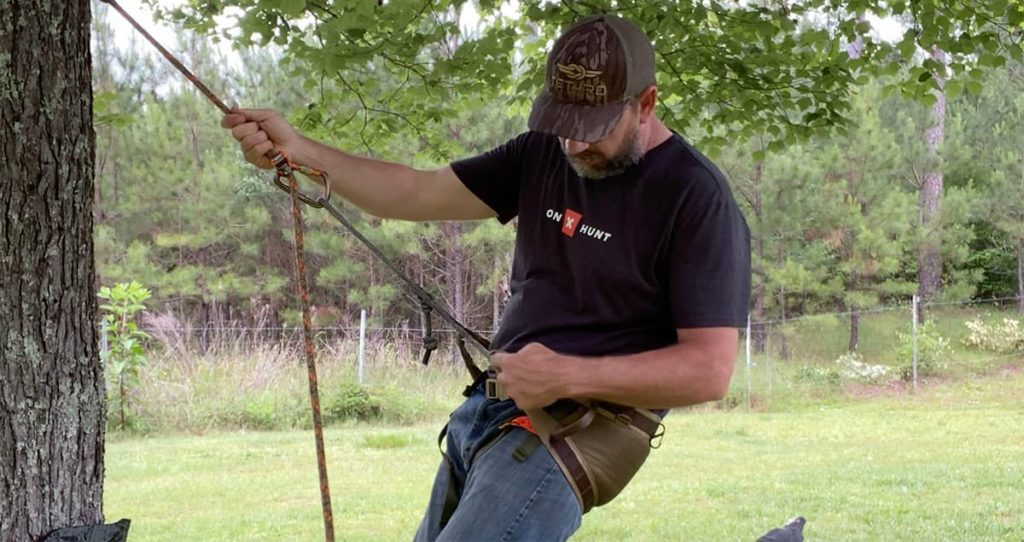
I was reminded of this last September when I read about the first saddle hunting fatality that I’m aware of. Dane Purcell, 43, of Dunlap, Iowa, was practicing using his saddle to prepare for the upcoming deer season, when something went terribly wrong. While climbing down, Dane somehow became inverted and was unable to right himself, causing him to suffocate.
Though extremely rare, these things do happen, and in most cases, they are 100% preventable. I don’t write any of this to create fear, but instead, I hope it makes you take every climb into and out of a tree seriously. There is zero room for error when hunting elevated.
In this article, we’ll look at 7 steps you can take to stay safe while saddle hunting. Most of these are simple, straightforward, and won’t cost you a dime on additional equipment. They simply require you to take the time and effort to stay safe. And we can all do that!
1. Buy good equipment
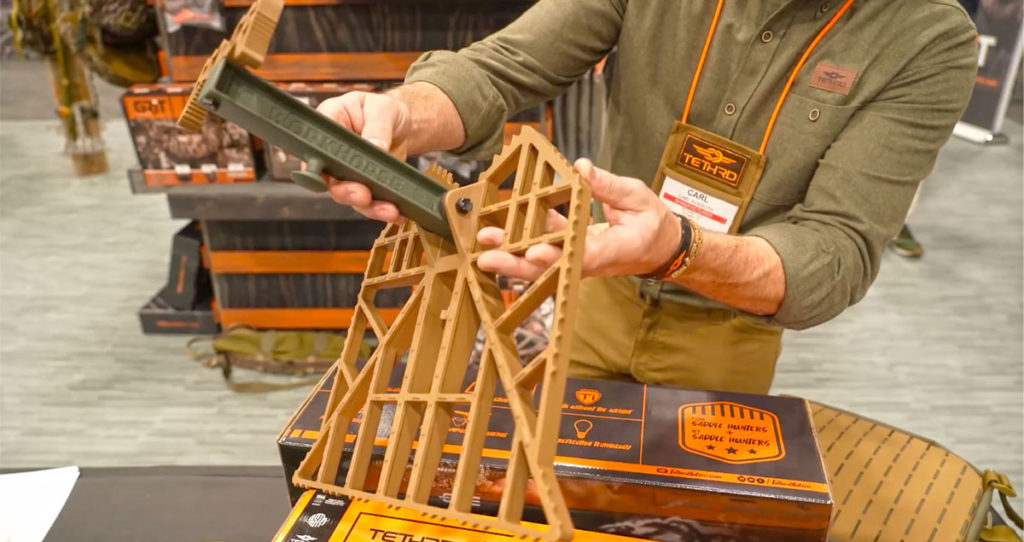
Saddle hunting is expensive, and I see a lot of new saddle hunters looking for ways to save money on their initial setup. And while I certainly understand the need to be frugal, doing so on equipment that literally holds your life in its hands is not the place to do so.
That’s not to say there aren’t safe, budget-friendly gear options out there, but make sure you are buying from a reputable company, and read as many reviews as possible to see if there are quality control issues.
With the increased popularity of saddle hunting, there are now lots of Chinese knockoffs hitting the market that resemble hunting saddles and saddle hunting gear from popular manufacturers.
Steer clear of these products.
Not only because they steal designs from other companies to make their money, but they also get to avoid the U.S.’s stricter safety guidelines.
2. Inspect your equipment regularly

Even great equipment can have flaws, and everything wears out with time. So inspect your equipment regularly to make sure it doesn’t fail you.
Preferably, you should do this before every hunt. It only takes a minute to look over your saddle, ropes, and accessories to ensure they are in good working order, with no signs of deterioration.
If you do find an issue with any of your equipment, either return it to the manufacturer if still under warranty, or throw it away. DO NOT risk injury or death because you think it will be good for another hunt or the rest of the season.
3. Practice at low heights
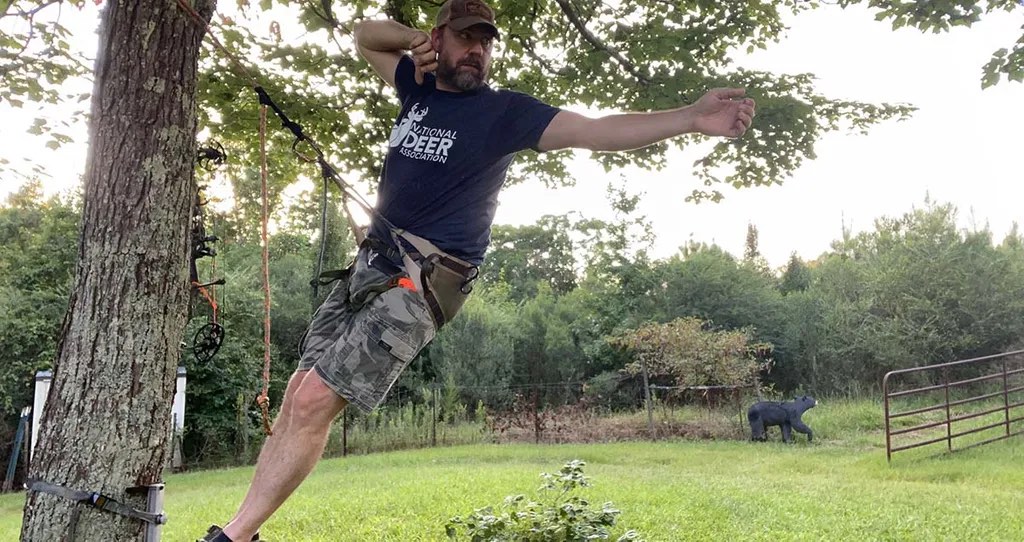
Saddle hunting is a whole different ball game than any other style of elevated hunting. There’s a learning curve even for experienced hunters. So I recommend practicing as much as possible before you actually start hunting from a saddle.
But there’s no need to practice while 20 feet in the air. Set your platform in a tree a foot or two off the ground, and get used to setting up, maneuvering, and shooting from your saddle. Once you’re comfortable at ground level, maybe climb up one stick high, and practice from a low elevation. Eventually, you’ll work your way up to hunting height, and by the time you do, you should be very familiar and comfortable with all your equipment.
4. Always stay attached to the tree
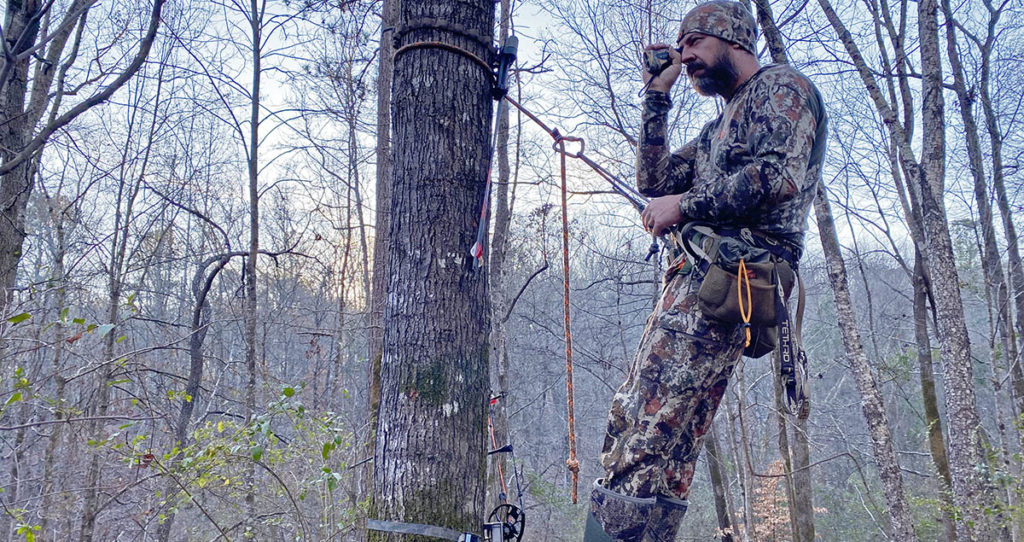
If you don’t follow any other advice in this article, at least do this step! Always stay attached to the tree when climbing or descending the tree. ALWAYS.
That may mean using a lineman’s rope around the tree as you climb and set your sticks and platform. Once you have your platform set, hook your tether rope to the tree, then connect it to your bridge rope BEFORE you remove your lineman’s rope.
You can do the same thing if you have to maneuver around a limb on the way up. When you get to the limb, attach your tether rope to the tree above the limb, and then connect the tether to the bridge rope on your saddle so you are connected to the tree. Then you can unhook your lineman’s rope just long enough to move it above the branch, and reconnect it to your saddle to continue your climb..
So while climbing (or descending) you should always be attached to the tree with either your tether or your lineman’s rope…or both!
5. Lose the lineman’s rope and use two tethers
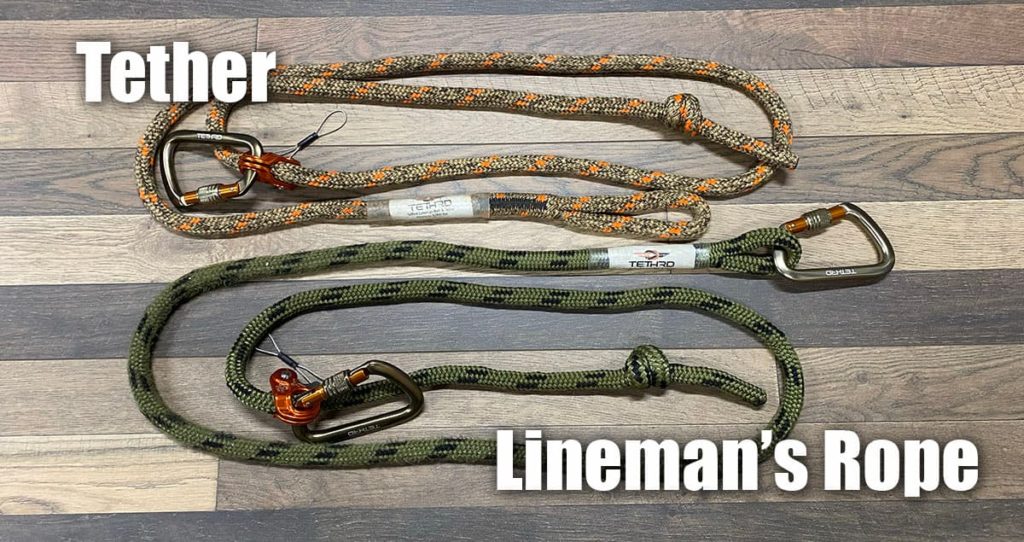
While using a lineman’s rope is common and protects you from a full freefall from the tree, you can still fall while using one. It won’t stop you from sliding down the tree, it will only slow you down. So while it may save your life, you could still get seriously hurt.
A better option is to use two tethers rather than a tether and lineman’s rope. Going back to my days of using a climber, I would always have my tether around the tree and attached to my safety harness, moving it up the tree as I climbed.
You can do the same thing while saddle hunting.
As you hang and climb up your climbing sticks, move the tether up the tree with you. If you run into any limbs, you can do it exactly as described above, except instead of moving your lineman’s rope from below to above the branch, you’ll move your second tether while the first is still attached to you and the tree.
This method eliminates any chance of a fall. You are always attached to the tree with a tether rope, so if you fall, the tether will quickly catch you.
Yes, this method takes a little more time and effort, but it may mean the difference between sliding down a tree, scraping your body across multiple climbing sticks along the way, or being caught by a tether rope and quickly getting yourself back into a safe position.
6. Let someone know where you are and when you’ll be back
This is a great habit to get into regardless of whether you’re saddle hunting, treestand hunting or hunting from the ground. Every time I head into the woods to hunt, I send my wife a pin on Google maps of where I intend to be.
That way, if something were to happen to me, she would know where to send help. Otherwise, I could be out there hurt, or hanging in my hunting saddle for a long time waiting for help to find me.
There are other ways to do this, including using a realtime app like Life360, or just jotting down a map on a piece of paper. Regardless of how you choose to do so, just make sure someone knows where you’ll be and when to expect you back!
7. Take your time. It’s not a race.
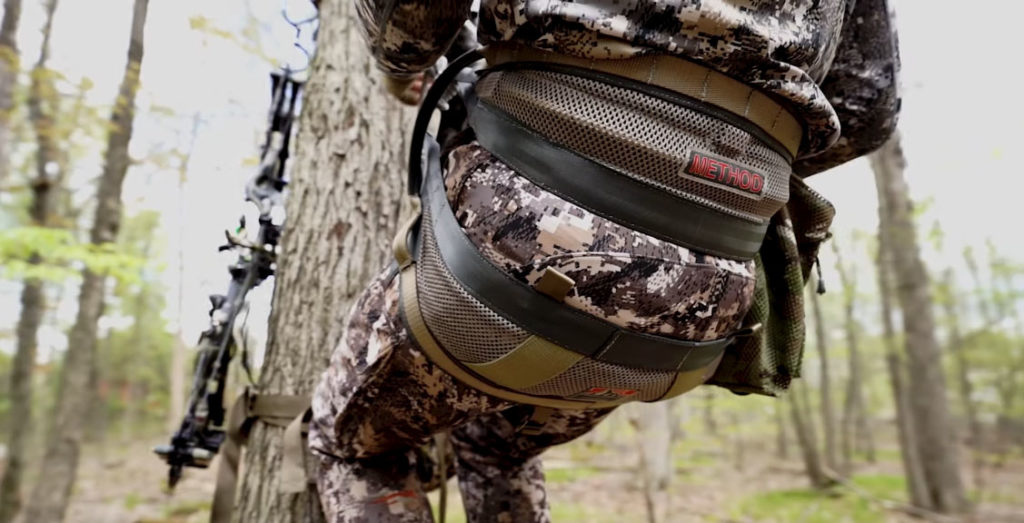
Navy Seals have a saying: “Slow is smooth. Smooth is fast.” And while they may not have saddle hunting in mind when they say that, it certainly applies. As I mentioned earlier in the article, there’s no room for error when climbing trees, and the best way to avoid errors is to take your time and be methodical in your technique. Be smooth!
You should never feel rushed to get in the tree. If you do, it’s time to pause and take a moment to “reset.” You have all the time you need. It doesn’t matter if it takes you 15 minutes or an hour and 15 minutes. Just know your routine and plan your time accordingly.
During my three seasons of saddle hunting, I’ve developed a system. When I get to the tree I plan to hunt, I slowly unpack my gear and lay it neatly on the ground where I can easily access everything. I then slowly start attaching my climbing sticks to the tree, my platform to my saddle, and making my way up the tree.
I try to keep my focus on being safe and being as quiet as possible. Both are critical for success.
When the hunt is over, I simply repeat my system in the reverse order. Again, taking my time and focusing on safety and silence.
Share Your Thoughts and Tips
We’d love to hear about your saddle hunting safety experience. Have you had an accident or near-accident while saddle hunting? Have you experienced equipment failure? Or maybe you have a safety tip we overlooked.
Either way, we would love to hear from you in the comments section below.
I do #5 and use a TAU. Cheap and great hand and glove saver.
https://www.innovatingtheoutdoors.com/product-page/tau-tether-adjustment-unit